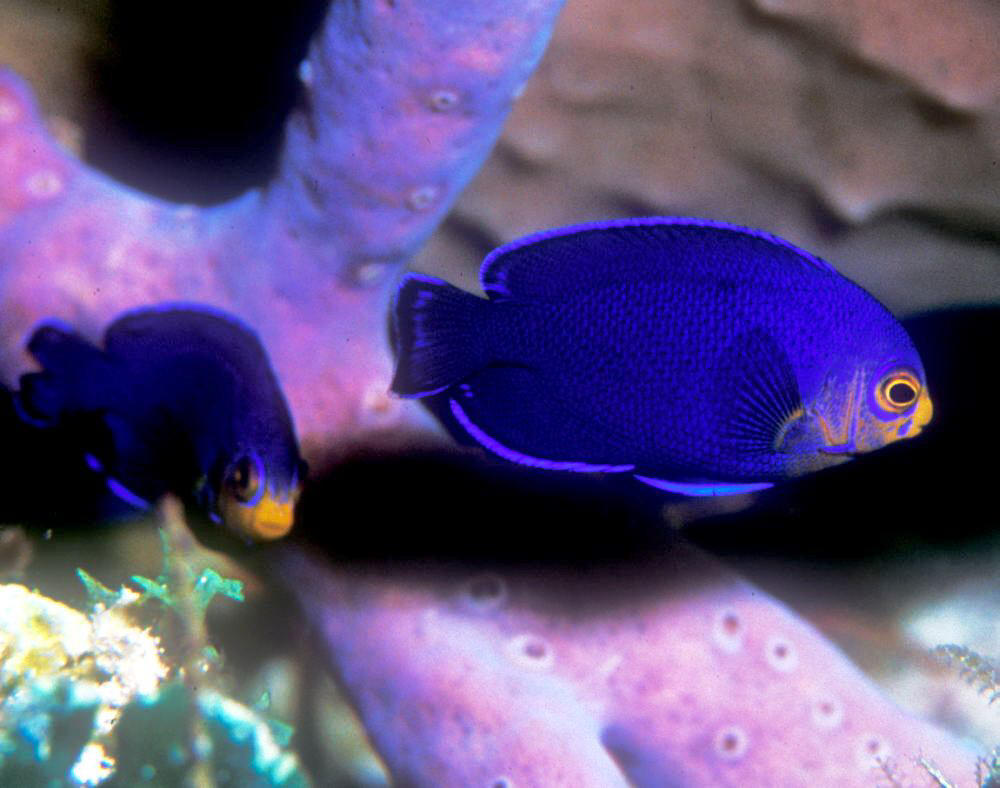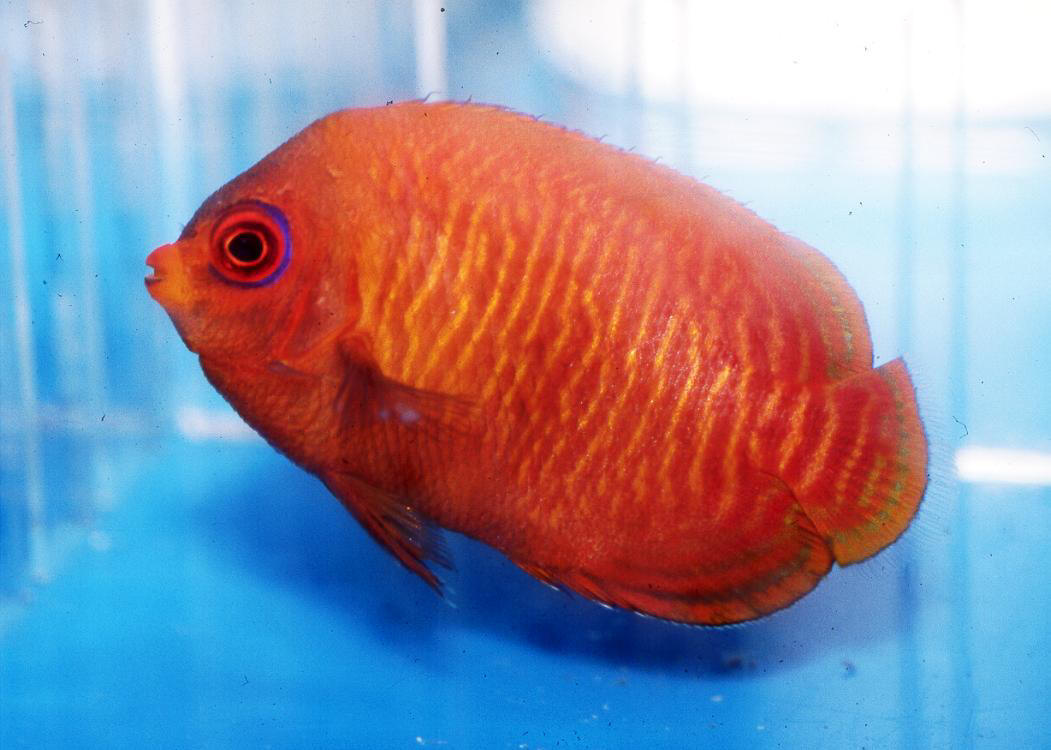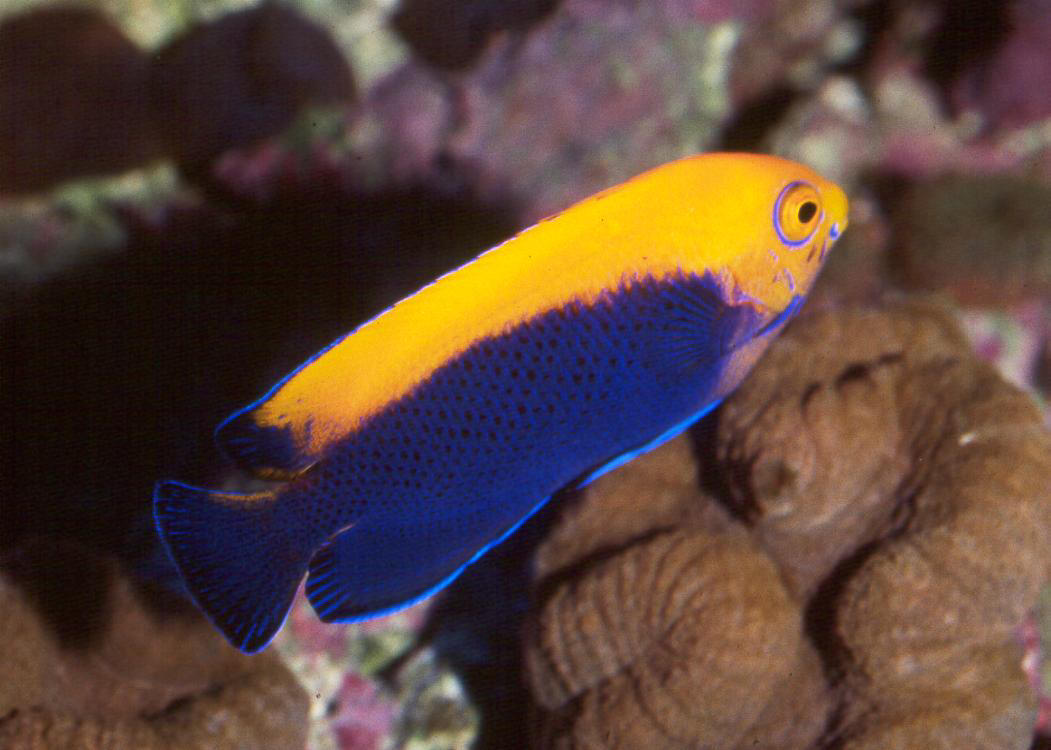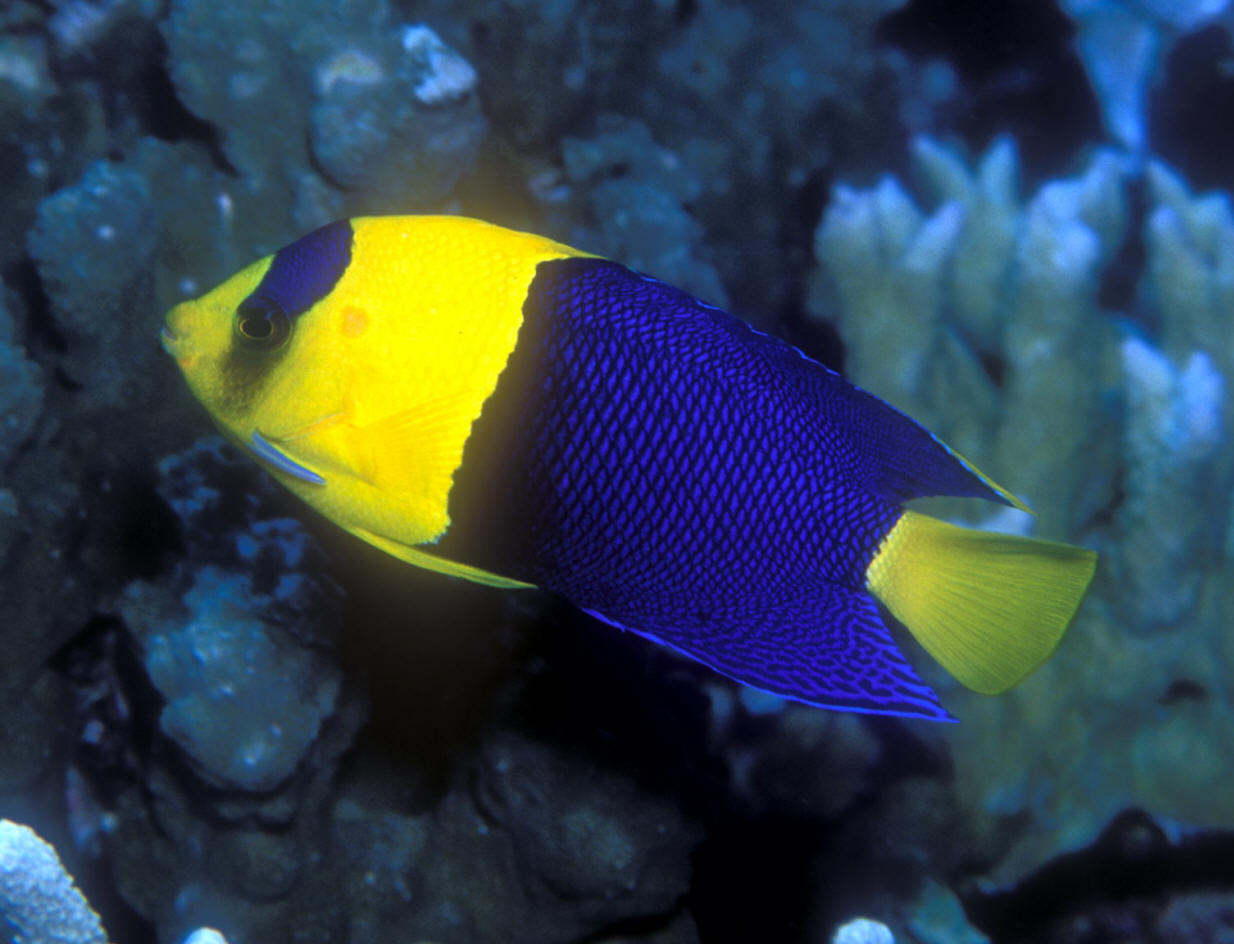Archive 152: Daily Pix FULL SIZE
(For personal use only: NOT public domain)
(Mmm, right click, add, set as background...)
To: Today's: Desktop size
download , Today's FAQs, SW Archive
100, SW Archive
101, SW Archive
102, SW Archive
103, SW Archive
104, SW Archive
105, SW Archive
106, SW Archive
107, SW Archive
108, SW Archive
109, SW Archive
110, SW Archive
111, SW Archive
112, SW Archive
113, SW Archive
114, SW Archive
115, SW Archive
116, SW Archive
117, SW Archive
118, SW Archive
119, SW Archive
120, SW Archive
121, SW Archive
122, SW Archive
123, SW Archive
124, SW Archive
125, SW Archive
126, SW Archive
127, SW Archive
128, SW Archive
129, SW Archive
130, SW Archive
131, SW Archive
132, SW Archive
133, SW Archive
134, SW Archive
135, SW Archive
136, SW Archive
137, SW Archive
138, SW Archive
139, SW Archive
140, SW Archive
141, SW Archive
142, SW Archive
143, SW Archive
144, SW Archive
145, SW Archive
146, SW Archive
147, SW Archive
148, SW Archive
149, SW Archive 150, SW Archive 151, SW Archive 153, SW Archive 154, SW Archive 155, SW Archive 156, SW Archive 157, SW Archive 158, SW Archive 159, Freshwater
Pic of the Day Link,
|
 |
| Centropyge argi Woods
& Kanazawa 1951, the Cherub or Atlantic (Caribbean) Pygmy Angel
(1). To 2.5" overall. Bermuda on down to the coast of Brazil.
Cozumel, Mexico pix. |
|

|
| Centropyge aurantius
Randall & Wass 1974, the Golden Pygmy Angel (1) is a real
striker. It's a shame that this species hides so well,
necessitating extensive breaking of coral and drug or poison use in
its collection, and hiding for so much of the time in captivity.
Western Pacific Ocean, Indonesia to Caroline Islands. Aquarium
photo. |
 |
| Centropyge aurantonotus
Burgess 1974, the ( Brazilian) Flameback Angel (1) is very much
like the more northerly Centropyge argi with more orange
color on its back, at a much higher price. Found in southern part
of the Caribbean Sea. Note the dark blue caudal fin, distinguishing
it from C. acanthops. To 2.5" overall length. Aq.
pic. |
 |
| Centropyge bicolor (Bloch
1787), the Blue-and-Gold, Pacific Rock Beauty, Bicolor or Oriole
Dwarf Angel (3), is highly variable in it's survivability in
captivity. Some shipments are 100% live on arrival, others can be
just the opposite within days. Better specimens come from other
than the Philippines or Indonesia. To 6" if they live. N.
Sulawesi here. |
|
|

